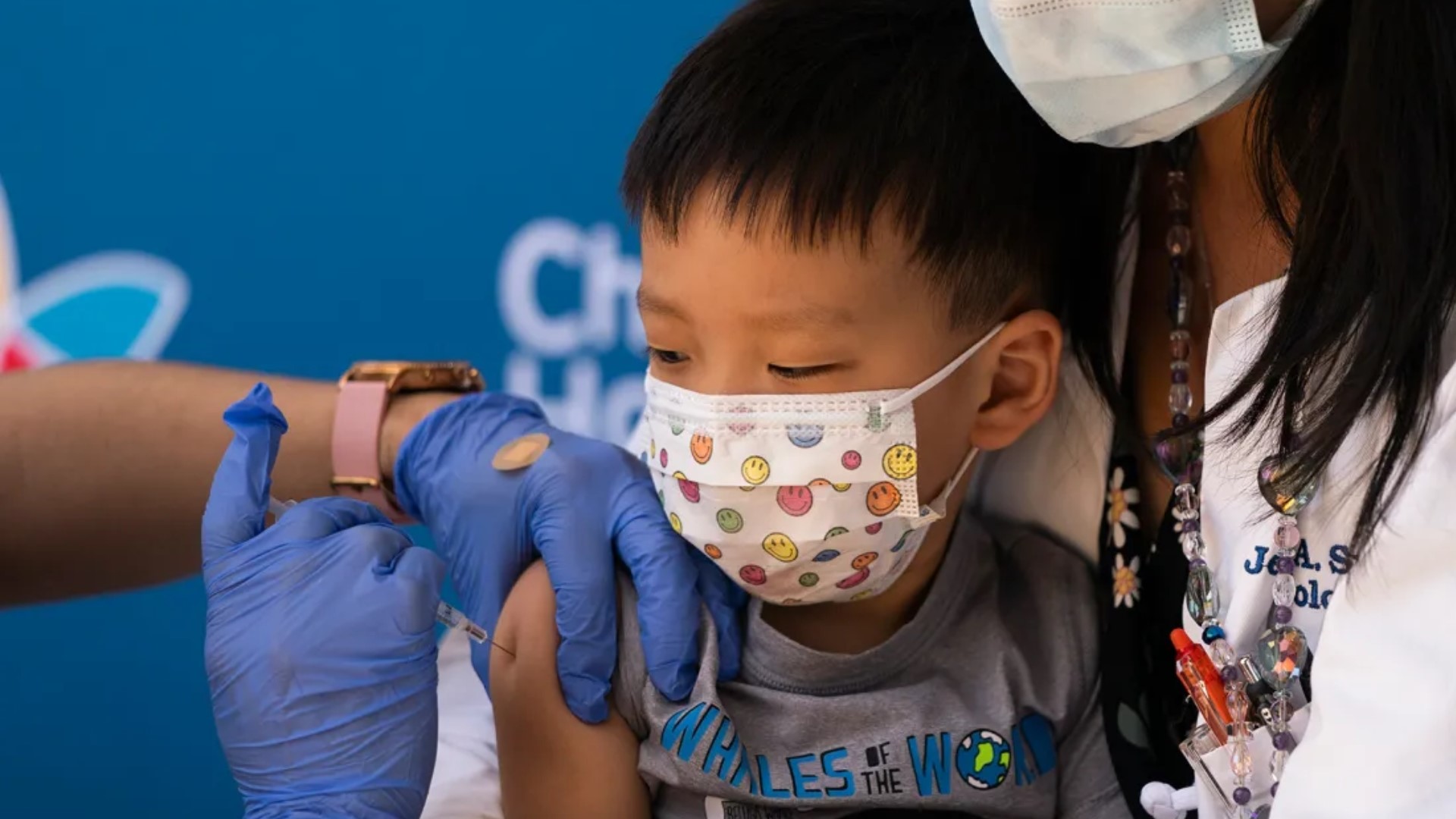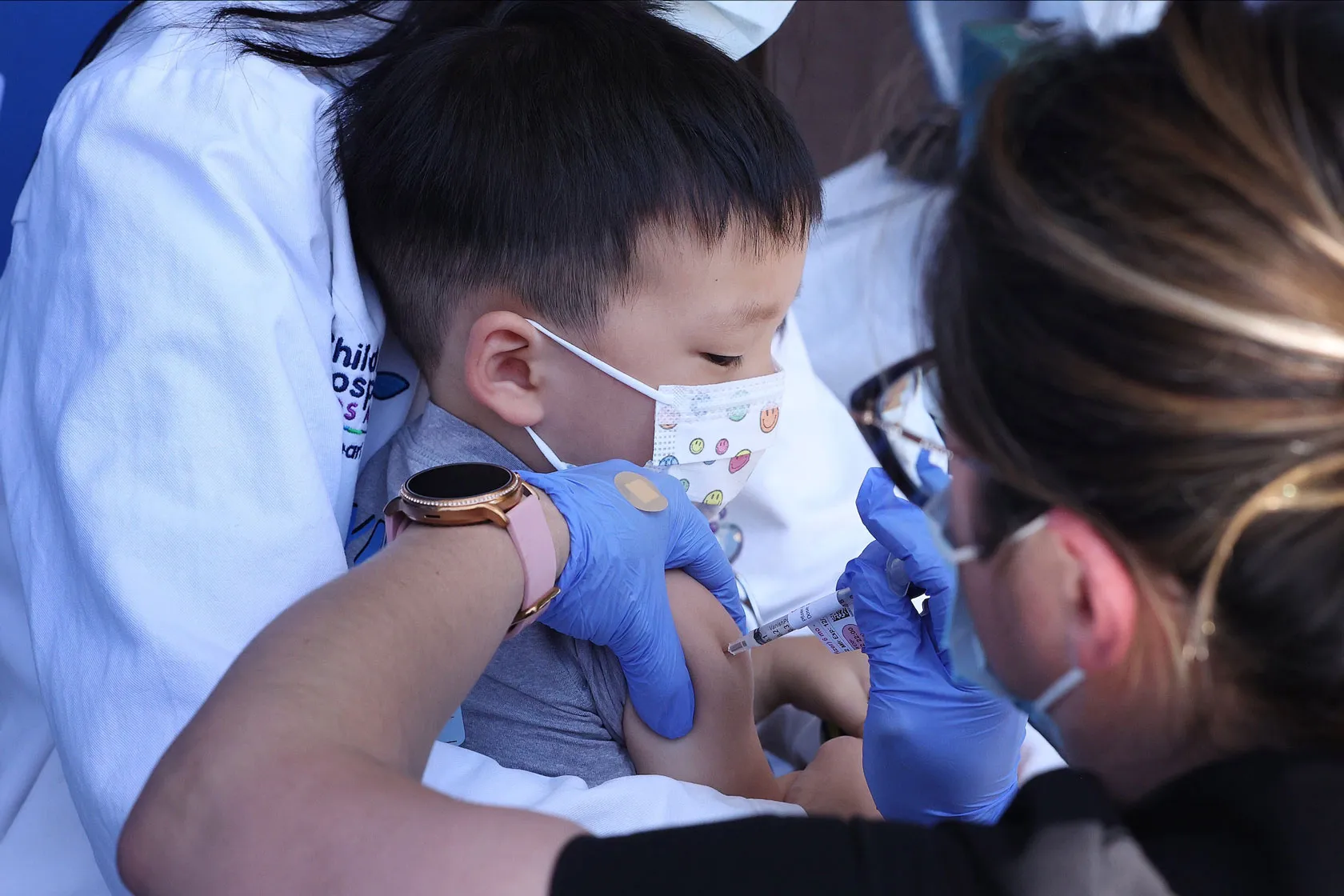Vaccination rates for U.S. kindergartners dropped last year, with only 92.7% receiving the required immunizations, a slight decrease from previous years. Prior to the COVID-19 pandemic, this rate stood at 95%, which was considered a sufficient level to prevent the spread of contagious diseases.
Health officials are concerned about this dip, as it equates to approximately 80,000 children who missed their vaccinations, heightening the risk of disease outbreaks, particularly in school settings where infections can spread quickly.
Alongside the decline in vaccination rates, the number of children exempted from vaccine requirements reached an all-time high of 3.3%. This increase is largely attributed to a rise in nonmedical exemptions, which have more than doubled in the past decade.
While medical exemptions have remained stable at about 0.2%, the growing number of nonmedical exemptions reflects a broader shift in attitudes toward vaccinations, influenced by political polarization and misinformation, particularly around COVID-19 vaccines.
The trend of declining vaccination rates is contributing to a worrying resurgence of vaccine-preventable diseases, such as measles and whooping cough. Dr. Raynard Washington, head of the Charlotte, North Carolina health department, pointed to the increase in these diseases as a direct consequence of lower vaccination coverage.

Data from the Centers for Disease Control and Prevention (CDC) reveal that vaccination coverage for diseases like measles, mumps, and polio decreased in over 30 states, with some areas seeing notable spikes in cases.
One of the main reasons health experts are concerned about vaccination rates among kindergartners is that schools are prime locations for the spread of infections. Vaccination mandates have historically helped maintain high levels of immunity, preventing outbreaks in educational settings.
While all U.S. states require vaccinations for school attendance, the rates of exemptions vary significantly. For example, Idaho has one of the highest exemption rates, with 14.3% of kindergartners exempted from one or more vaccines, while states like Connecticut report much lower exemption rates. This disparity highlights the influence of local policies and public attitudes on vaccination rates.
The decline in vaccination rates is also a consequence of broader societal factors, such as the political divide over public health measures and the rise of anti-vaccine misinformation online. Experts have noted a drop in vaccinations not only for kindergartners but also for 2-year-olds, which exacerbates the problem.
The consequences of these trends are already being felt, with a rise in diseases that were previously under control. In Mecklenburg County, North Carolina, for instance, the first measles case since 2018 was reported this year, along with several cases of whooping cough and mumps, emphasizing the urgent need to address the vaccination gap to prevent further outbreaks.
